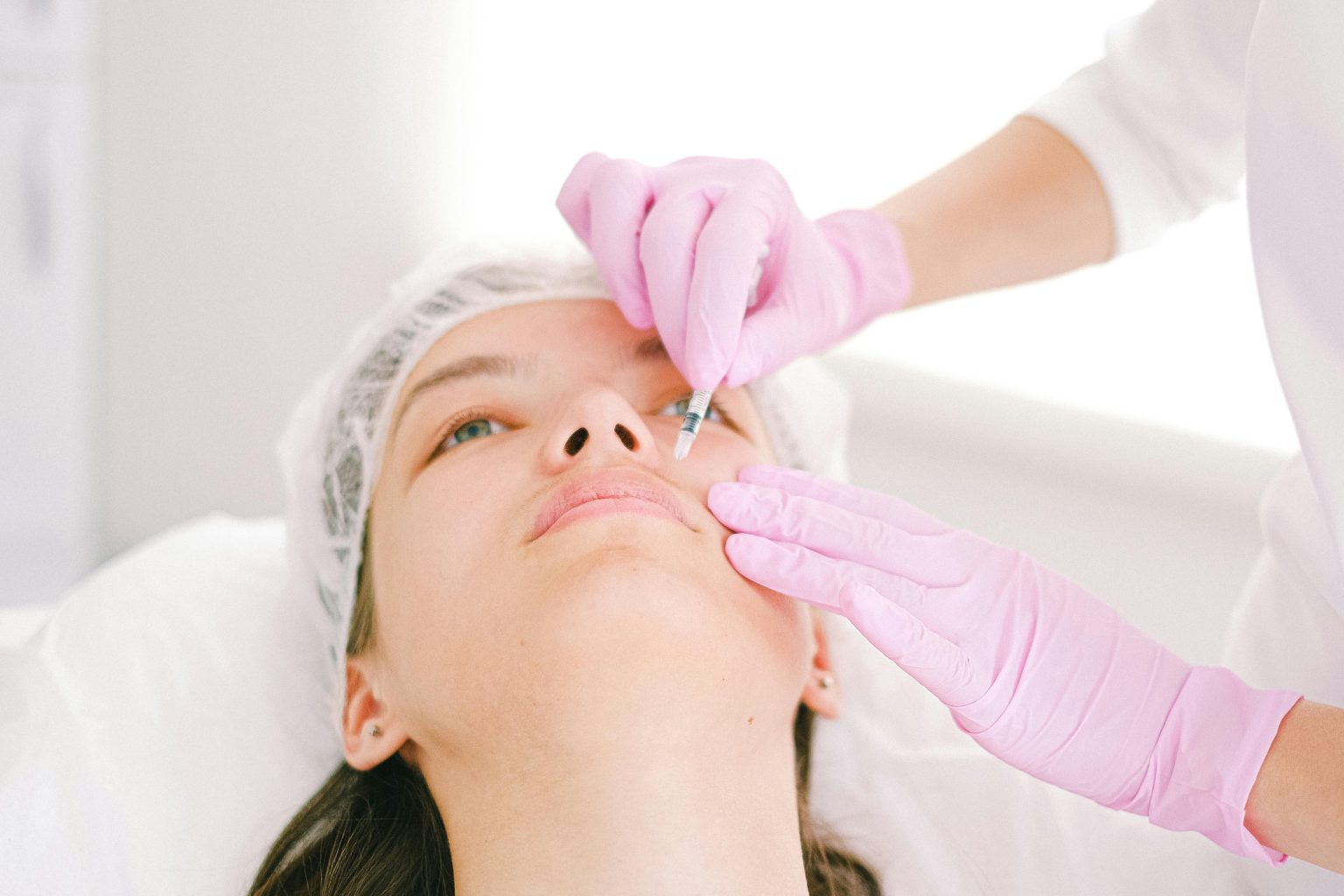In today’s world of advanced skincare and cosmetic procedures, dermal fillers have quickly become one of the most popular options for those looking to enhance their appearance with minimal downtime. Whether it’s smoothing out wrinkles, adding volume to the cheeks, or plumping up the lips, dermal fillers offer a non-surgical solution to help people achieve a more youthful, refreshed look. Before booking an appointment, however, there are several important things to understand about how dermal fillers work, what to expect, and how to ensure safe and satisfying results.
What Are Dermal Fillers?
Dermal fillers are gel-like substances that are injected beneath the skin to restore lost volume, smooth lines, soften creases, or enhance facial contours. Most commonly, these fillers are made of hyaluronic acid, a naturally occurring substance in the body that helps retain moisture and give skin a plump, hydrated look. Other types of fillers may use substances like calcium hydroxylapatite or poly-L-lactic acid, depending on the specific treatment goals.
While dermal fillers are often associated with cosmetic enhancements, they are also used in medical treatments, such as correcting facial asymmetry or helping with scarring. The versatility and customizable nature of dermal fillers make them appealing for a wide range of clients.
The Benefits of Dermal Fillers
One of the key reasons people choose dermal fillers is their ability to deliver immediate, visible results with little to no recovery time. Unlike more invasive procedures, fillers can be administered in a short office visit, and patients can return to normal activities almost immediately. The results typically last from six months to over a year, depending on the type of filler used, the area treated, and the individual’s metabolism.
Dermal fillers can address a variety of aesthetic concerns, including nasolabial folds, marionette lines, hollow under-eyes, and thinning lips. In expert hands, fillers can subtly enhance natural beauty rather than create an exaggerated or unnatural appearance. That’s why many individuals seek out experienced professionals, such as those trained by or working alongside names like Dr. Mel Irvine, who emphasize natural-looking, balanced results that respect the unique contours of the face.
What to Expect During Treatment
Before receiving dermal fillers, a consultation is usually conducted to assess your goals, medical history, and facial anatomy. The injector will create a personalized plan tailored to your desired outcomes. During the procedure, the chosen filler is injected with a fine needle or cannula into the target areas. Most fillers contain lidocaine, a numbing agent, to minimize discomfort, and a topical anesthetic may be applied beforehand.
The entire process generally takes 30 to 60 minutes, and while some mild swelling, redness, or bruising may occur, these side effects usually resolve within a few days. It’s important to follow aftercare instructions carefully to reduce swelling and avoid complications. This may include avoiding alcohol, strenuous exercise, and excessive sun exposure immediately following treatment.
How to Choose the Right Provider
Choosing a qualified and experienced provider is essential for achieving safe, effective results with dermal fillers. The skill of the injector plays a significant role in the final outcome, and the best results come from professionals who not only have a thorough understanding of facial anatomy but also an aesthetic eye.
When researching providers, look for those with strong reputations, verified credentials, and a portfolio of before-and-after photos. Client testimonials can also be helpful in understanding what to expect. Many successful clinics and professionals, including those inspired by the standards of experts prioritize ongoing education and a conservative approach that aims to enhance rather than alter a person’s natural appearance.
Are There Risks Involved?
While dermal fillers are generally considered safe, there are potential risks and side effects, particularly if the procedure is not performed correctly. These may include uneven results, lumps or bumps, skin discoloration, or in rare cases, vascular complications. This is why it is critical to choose a provider who is medically trained and who uses high-quality, FDA-approved products.
An honest consultation should include a discussion about risks and how they are managed. Reputable practitioners will never pressure you into treatment and will provide all the information needed to make an informed decision.
Maintaining and Extending Results
To maintain the benefits of dermal fillers, regular touch-up appointments may be necessary. The timing will vary based on the type of filler used and your body’s response to the product. A healthy lifestyle, including good skincare habits, hydration, and sun protection, can help prolong results. Many clients also combine fillers with other treatments like Botox, microneedling, or laser therapy for a more comprehensive rejuvenation plan.
Dermal fillers offer a safe, effective way to rejuvenate the face and enhance natural beauty without the need for surgery. By understanding the procedure, benefits, and potential risks, individuals can make informed choices that align with their aesthetic goals. As with any cosmetic treatment, working with an experienced provider who values artistry and safety is key to achieving the best possible outcome. Whether you’re new to the idea or simply exploring options, the world of dermal fillers opens up exciting possibilities for aging gracefully and confidently.

